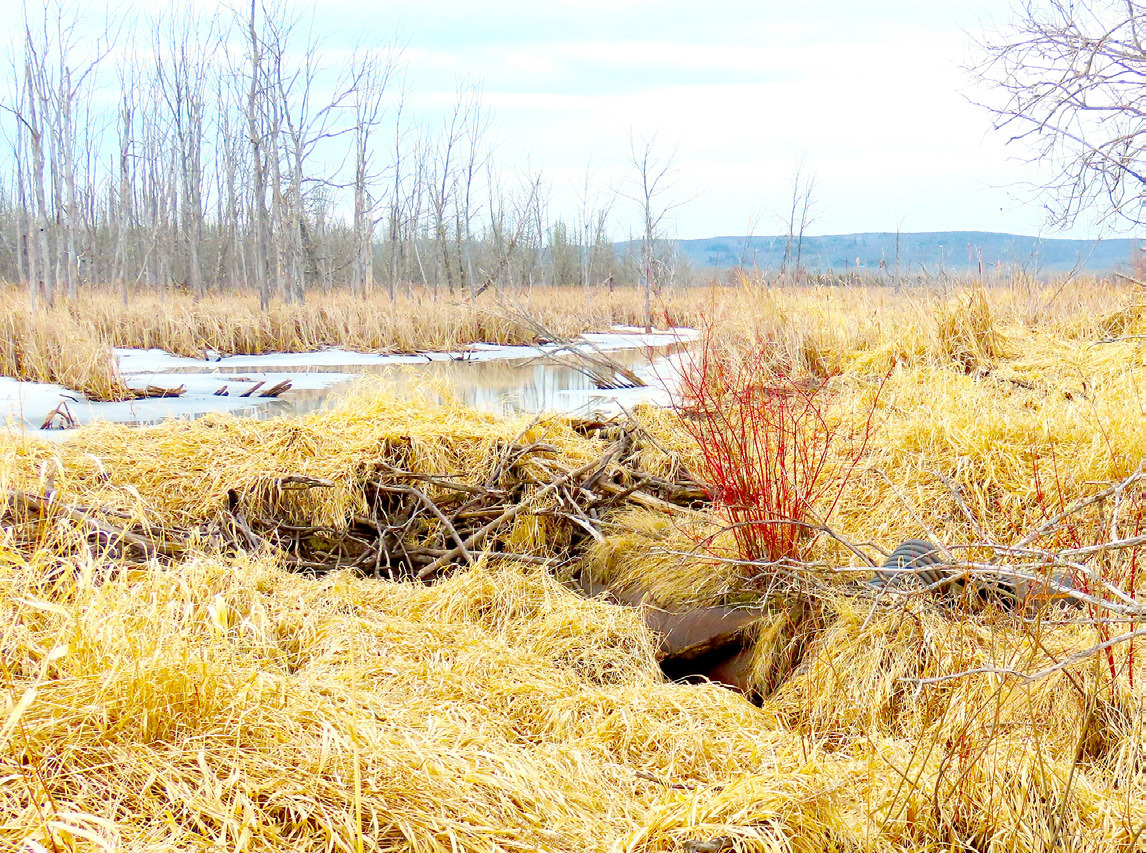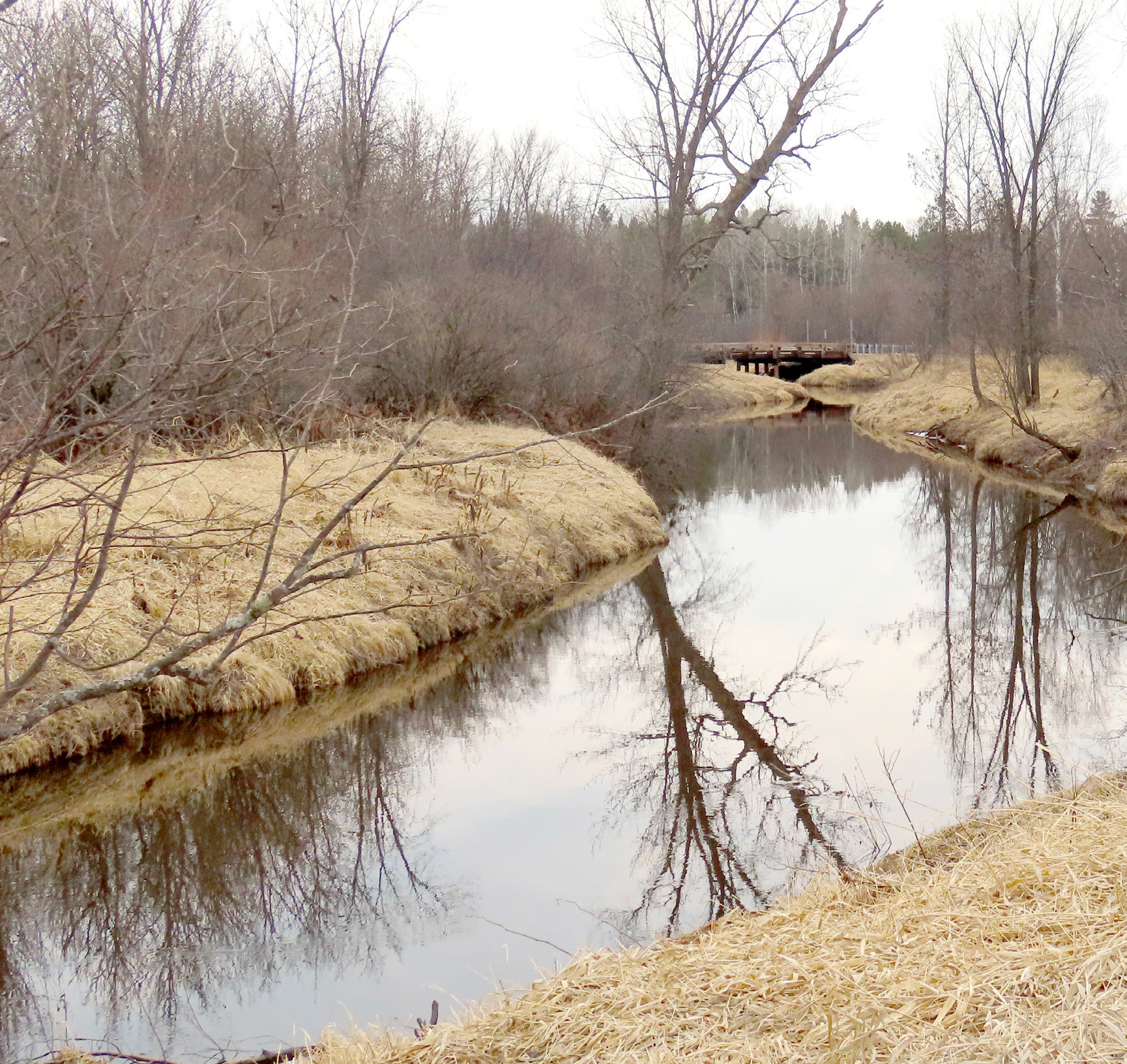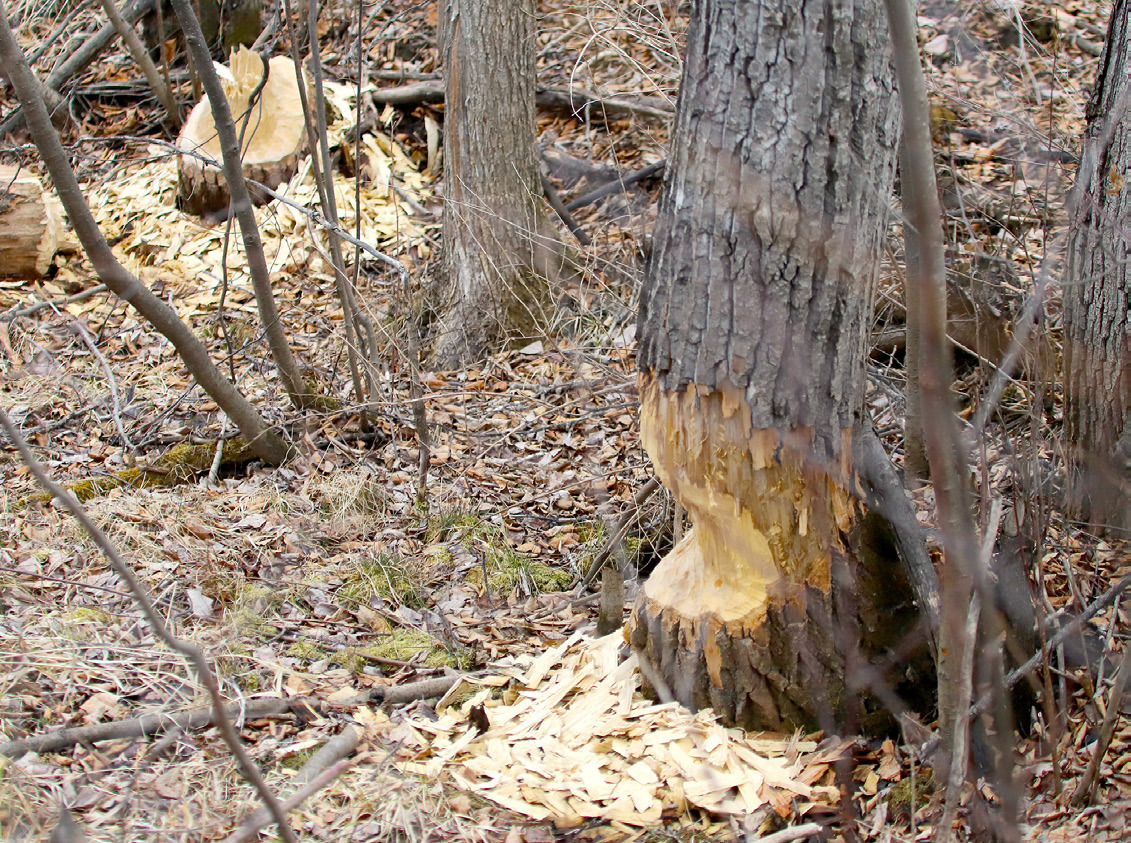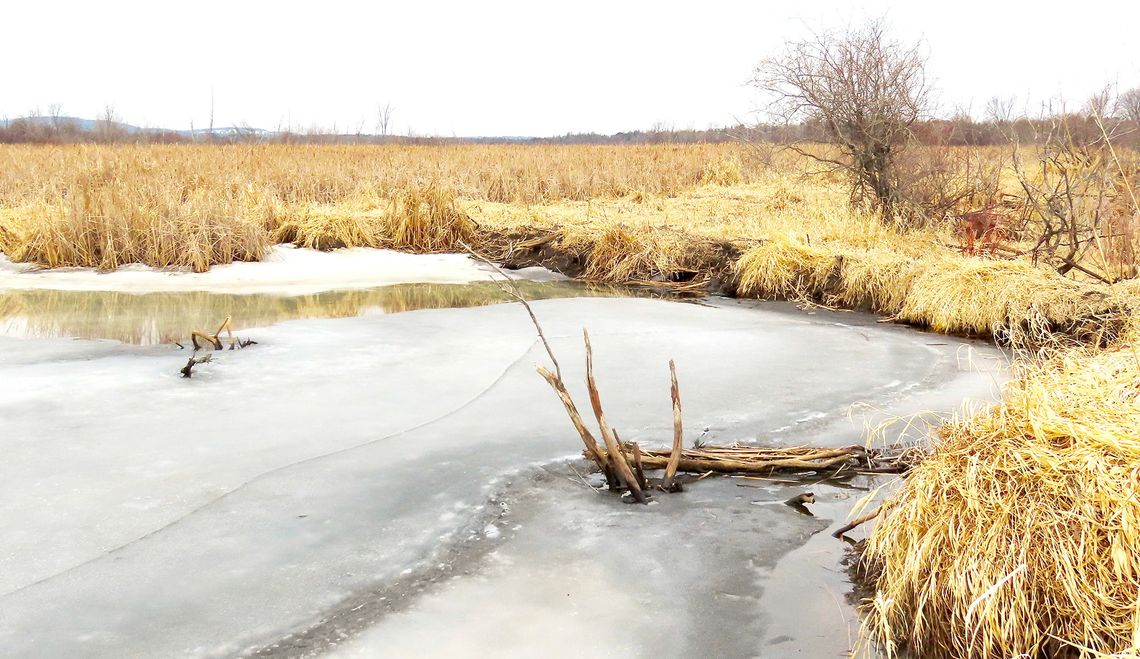Make Earth Week & Earth Day, Earth Year!
This week was a good time to look back 50 years and remember Darwin S. Myers. At that time Darwin lived on a farm on Salo Trail Road just north of the Embarrass River. Darwin planted and harvested wild rice from patties that had been developed along the both sides of river just north of the Mesabi Range An abundance of waterfowl and other wildlife lived and migrated through the wetlands along the river and Darwin often reported rare bird sightings at this time of year in the spring. Water from the Embarrass River and drainage from the north slopes of Giants Ridge was managed to supply water for the wild rice. Part of Darwin’s work involved managing and maintaining the system of dike and water controls to move water to fill the patties and draw down water for harvest.
Many changes have occurred in those wetlands during the past 50 years. The wild rice growing was ended and the wetland property was sold to a mining company as a form of wetlands mitigation. Without management of water supply the wetter patties became dense growth of cattails and the drier areas provided upland habitat. Beavers built dams and flooded forest and low areas changing the landscape and wildlife uses.
LTV Mine that owned the land and operated on the ridge to the south went bankrupt and was sold. The Wildlife Division of the Minnesota DNR acquired the lowlands that Darwin had managed and now manages it as Darwin S. Myers Wildlife Management Area.
In recent years the Mesabi Trail that now reaches Ely was able to pass through Embarrass by repairing the bridge in the WMA to cross the Embarrass River. Walking the trail last Saturday for a stop at the river, early spring migrants could be seen or heard. Song sparrows, yellow-rumped warblers, tree swallows, and red-winged blackbirds called or sang. Trumpeter swans, Canada geese and a northern harrier flew past.
Nest boxes and been repaired or replaced along the trail for the eastern bluebirds, tree swallows or black-capped chickadees that will be using them. Spring melts away the snow on the dikes for walking, and work can begin on restoration of the WMA.
Jessica Holmes, Wildlife Manager of the Tower Regional Department of Natural Resources office has a story of her own in northeastern Minnesota. After attending college at Vermilion Community College, Jessica continued her education and experience in wildlife management in Crookston, MN and Alaska before coming back to this area.
The resources are available to Jessica and the DNR staff in Tower to initiate a management plan that will address the problems managing water and the land in this wetland. From the points where the Embarrass River and other waters enter the wetlands and river to the Embarrass River exiting the WMA across MN135, land and forest habitats will undergo restoration to benefit wildlife and other uses.
Spring, Earth Week, Earth Day, Arbor Day and other 2025 landmark upcoming conservation projects to keep and eye on and appreciate.
STAY TUNED!




.jpg)










